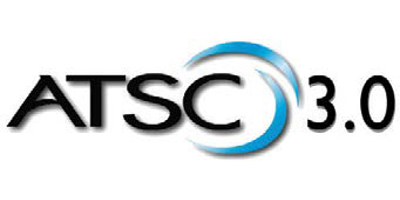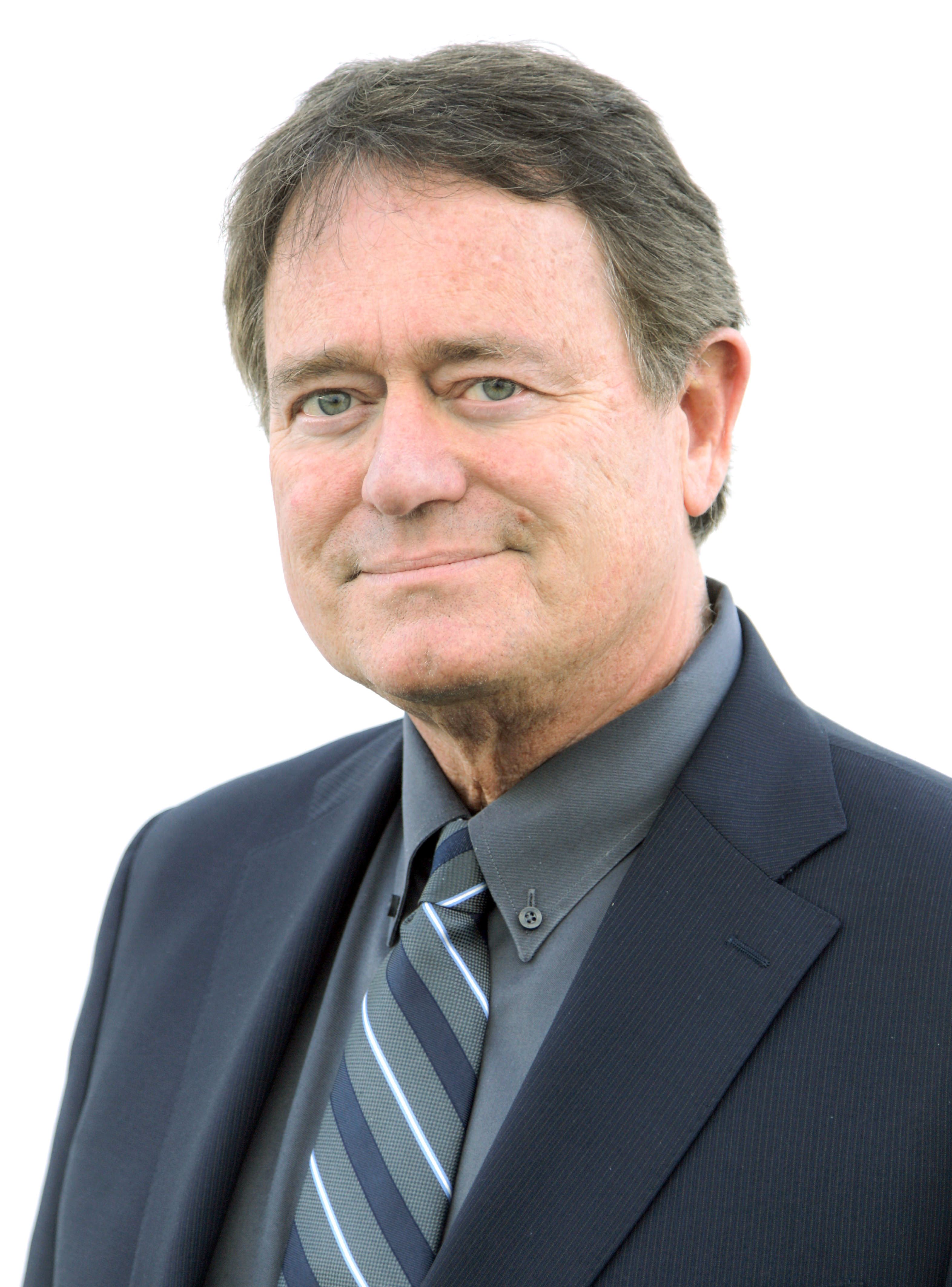All About ATSC 3.0 (Part 2 of Many)
WASHINGTON—The Technology Group working to develop ATSC 3.0 (TG3) has just approved the core physical layer specification as a Candidate Standard. This document is the result of thousands of hours of work by a number of the world’s leading RF experts. The 200-plus page document describes a flexible transmission system that will serve as the foundation of next-generation television broadcasting. The ATSC document number is A/322; document numbers are a favorite shorthand for standards development organizations. Work on the physical layer has been conducted in the Specialist Group on the Physical Layer, which is chaired by Luke Fay of Sony. Back in May, the System Discovery and Signaling Candidate Standard (A/321) was approved by TG3. A/321 is a core element of ATSC 3.0.
A/321 is available on the ATSC Website now. A/322 will be posted soon.

WHY ATSC IS IMPORTANT
In order to better understand the work that led up to this important milestone, I want to provide some background on the discussions that led to the current work on ATSC 3.0 and the approval of the latest specification. Last month I talked about the importance of standards work in general and the intense work now underway on ATSC 3.0. Timing of the work was also identified as an important consideration.
This time, I want to focus on what’s in it for broadcasters and viewers.
The goals of ATSC 3.0 are to improve the television viewing experience with higher audio and video quality, reception on both fixed and mobile devices, and more accessibility, personalization and interactivity. ATSC is also addressing changing consumer behavior and preferences, providing TV content on a wide variety of devices. ATSC is working to add value to the broadcasting service platform, extending its reach and adding new business models, all without the restriction of backward compatibility with the legacy system.
It is reasonable to ask why this is worth doing. The obvious answer is that technology marches on. The DTV Standard now known as ATSC 1.0 is 20 years old, and audience expectations are changing rapidly. There are many new competitors. Disruptive forces exist. Wise use of the spectrum is essential. Business opportunities exist for leveraging the power of over-the-air broadcasting and broadband online over-the-top services.
So, what’s in it for broadcasters?
· Maintaining and building their audience
· Putting content where the viewers are
· Benefiting from new technologies
· Quantitative and qualitative growth
· Developing new revenue streams
During planning for ATSC 3.0, members spent a considerable amount of time identifying “usage scenarios,” which include the following:
· Flexible use of the spectrum
· Robustness
· Mobile services
· Ultra HD capabilities
· Hybrid services
· Multi-view/multi-screen
· 3D video content
· Enhanced and immersive audio
· Advanced accessibility
· Advanced emergency alerting
· Personalization and interactivity
· Advanced advertising and monetization
· Common world standard
Serious planning for ATSC 3.0 began back in 2010, in a planning team tasked with looking at what a next-generation system might look like. Requirements were subsequently developed based on the usage scenarios. Formal standards development work began in 2012.
The professional video industry's #1 source for news, trends and product and tech information. Sign up below.
TECHNICAL FEEDBACK
From the early days of work on ATSC 3.0 to now, an amazing amount of work has been accomplished. Two specifications have already advanced to the first approval level, which we call “Candidate Standard.” As defined by ATSC, a Candidate Standard (CS) is a document that has received significant review within a specialist group and is ready for review by a larger group of potential implementers. Advancement of a document to CS is an explicit call to those outside of the related specialist group for implementation and technical feedback. This is the phase at which the specialist group is responsible for formally acquiring that experience, or at least defining the expectations of implementation.
When a document is elevated to CS, the expected duration for the implementation period is also determined. A CS may be revised during this period; in fact, it is typically revised to reflect broad review and implementation experienced. It is expected that following the CS period, the document will continue along toward the standardization path, which involves—typically—two additional ballot stages.
It is important to understand the role of the CS stage in standards development because most—perhaps all—of the documents in the ATSC 3.0 suite of standards are expected to pass through the Candidate Standard phase on their way to completion. At present, two documents have been elevated to CS status, A/321, “System Discovery and Signaling;” and A/322, “Physical Layer Standard.” These two documents define the core of the ATSC 3.0 physical layer. Many more documents are under development that define other parts of the ATSC 3.0 system. At the time of this writing, four more documents are ready for consideration as Candidate Standards.
To state the obvious, the work continues at a rapid pace.
Work in ATSC is open to all with a direct and material interest in the work. If you are interested in participating in any of the ongoing work of the organization, please contact the author. All ATSC standards and recommended practices can be downloaded at no charge from the ATSC Website.
Jerry Whitaker is Vice President for Standards Development at the Advanced Television Systems Committee. He supports the work of the various ATSC technology and specialist groups and assists in the development of ATSC Standards and related documents. He currently serves as Secretary of the Technology and Standards Group and Secretary of the Technology Group on Next Generation Broadcast Television, and is closely involved in work relating to educational programs. Mr. Whitaker is a Fellow the Society of Broadcast Engineers and a Fellow of the Society of Motion Picture and Television Engineers.
See...
September 29, 2015
“Samsung, LG, Contributed Technology to ATSC 3.0 Candidate Standard”
Samsung and LG are among the companies that contributed technologies to the broadcast transmission scheme elevated this morning to Candidate Standard status by the Advanced Television Systems Committee for ATSC 3.0.
September 29, 2015
“ATSC 3.0 Physical Layer Elevated to Candidate Standard”
Work continues on the other parts of the suite of ATSC 3.0 standards. They include Video and Audio Compression, Closed Captioning, Advanced Emergency Alerting, Security, Com panion Devices, Personalization, Applications & Interactivity, Watermarking and Fingerprinting, and Internet Protocol Delivery.
August 17, 2015
“All About ATSC 3.0 (Part 1 of Many)”
Please believe me when I say that work on ATSC 3.0 is not some abstract science project. This is the real deal.

